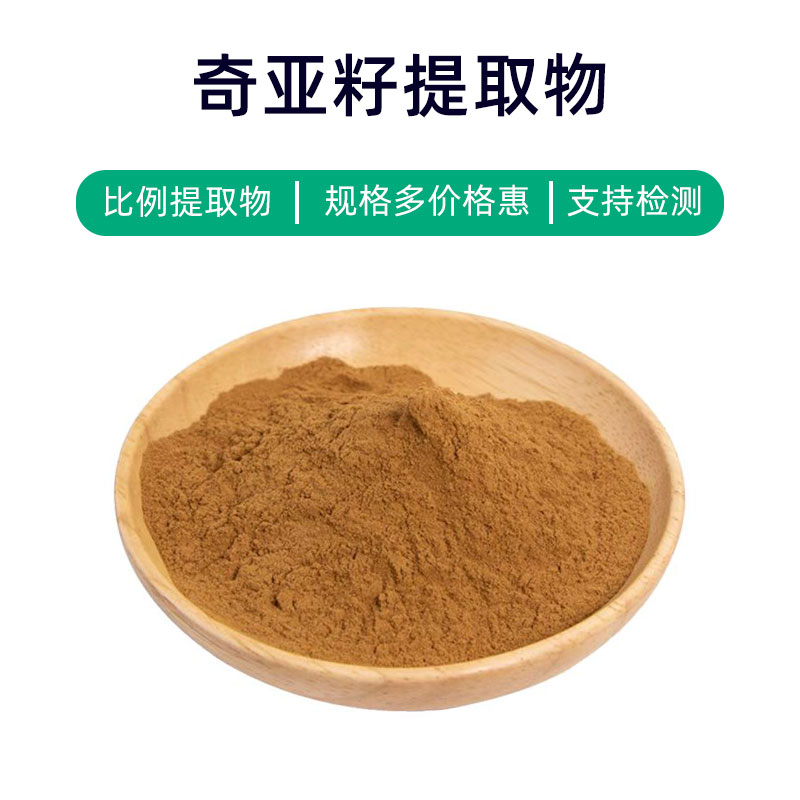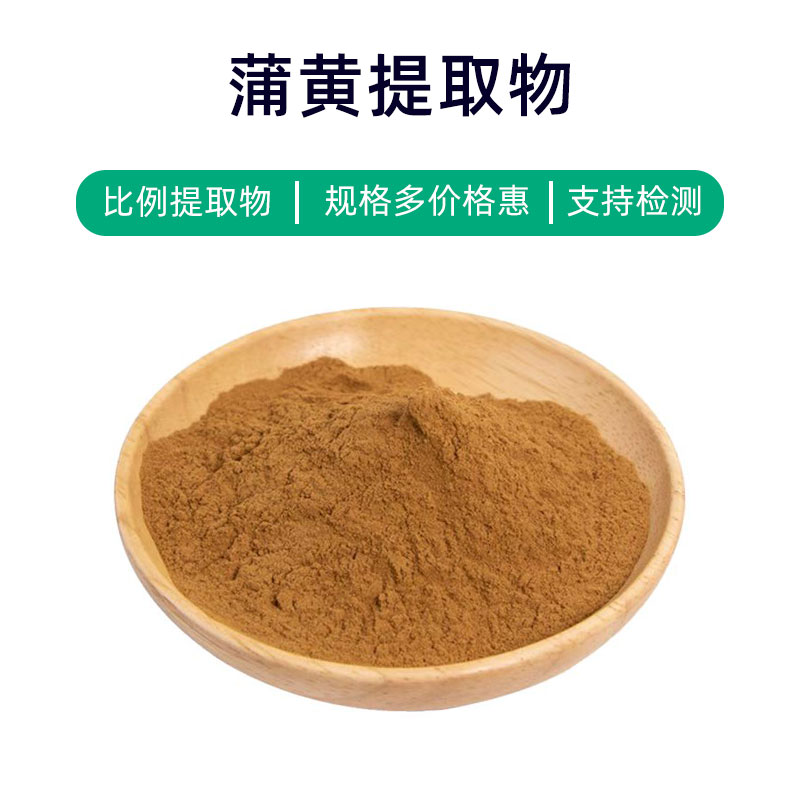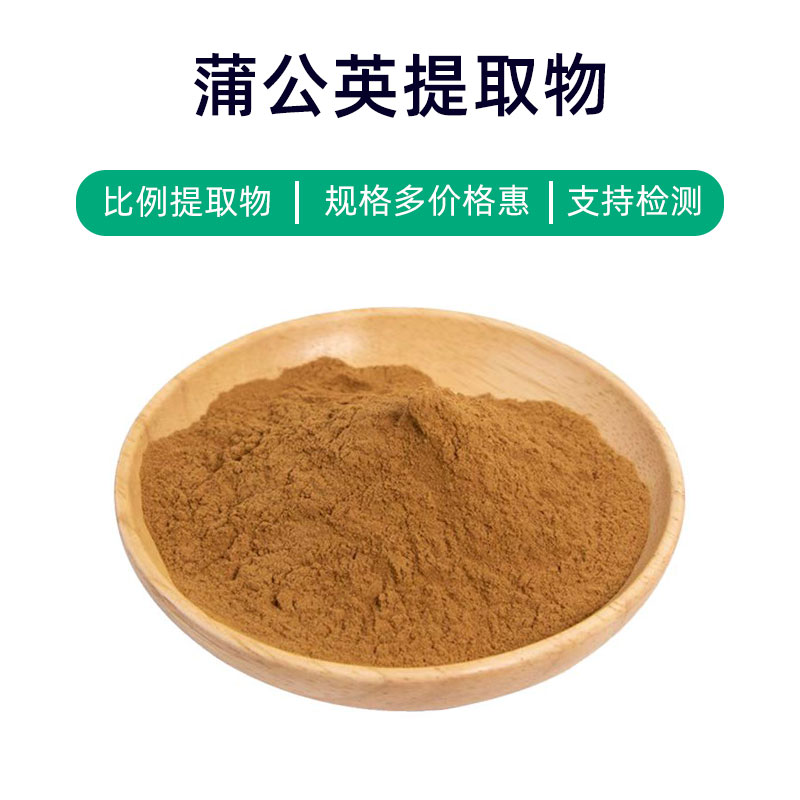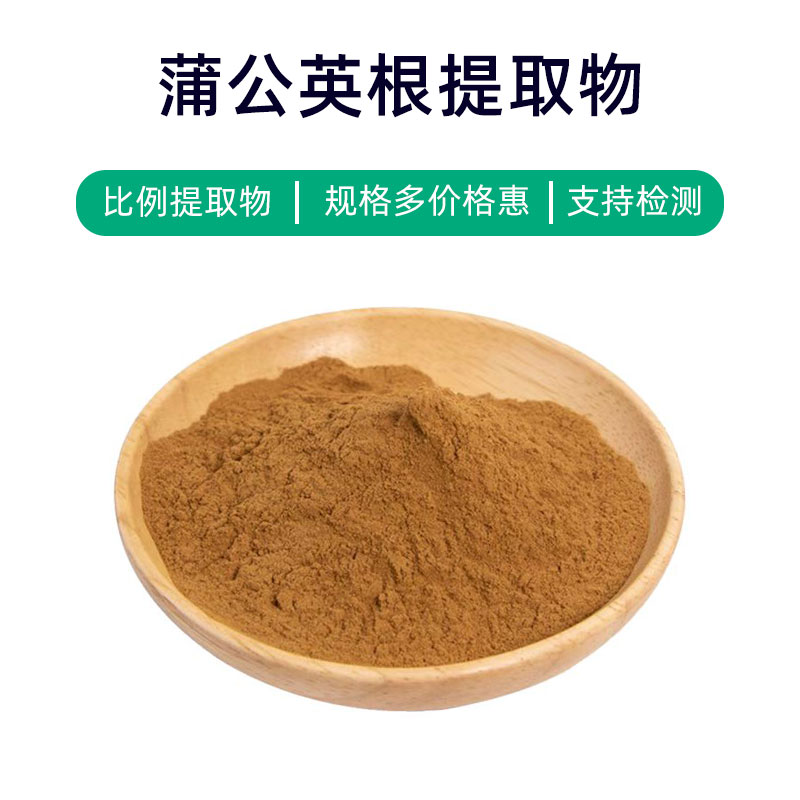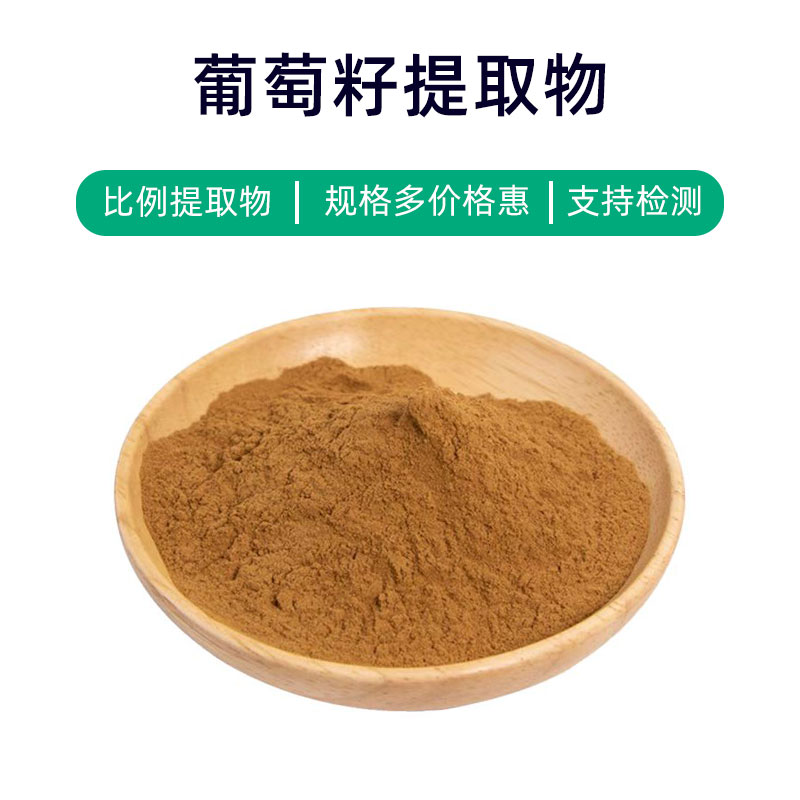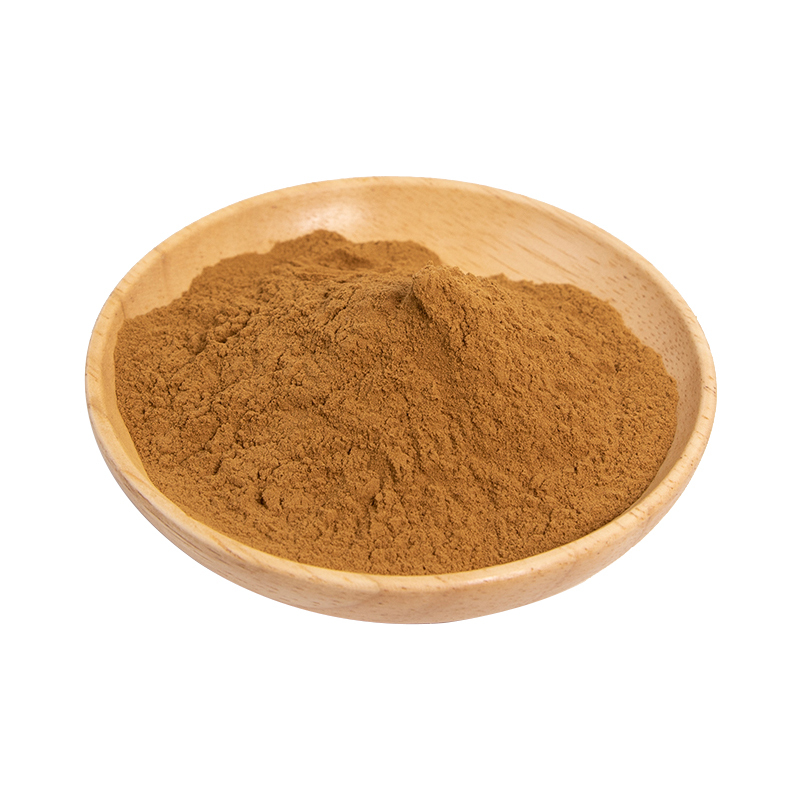Soapwort Extract Product Introduction
Soapwort extract is a natural plant ingredient obtained from the soapwort plant, primarily containing saponins, polyphenols, and flavonoids. These components give soapwort extract various benefits and applications.
Firstly, soapwort extract exhibits excellent cleaning properties and can be used as a natural detergent and surfactant. The saponin compounds present provide good foaming ability, effectively removing dirt and grease, leaving the skin and hair clean without drying them out.
Secondly, soapwort extract has soothing and anti-inflammatory effects, making it suitable for the formulation of skincare and medicinal products. The polyphenols and flavonoids have antioxidant and anti-inflammatory characteristics, helping to alleviate skin inflammation, reduce discomfort, and promote skin repair and regeneration.
Additionally, soapwort extract is often included in personal care product formulations, such as shampoos, body washes, and facial cleansers. Its natural components and gentle nature make it suitable for all skin types, especially for those sensitive to chemical ingredients or seeking natural skincare products.
Overall, soapwort extract is a multifunctional natural plant extract that provides excellent cleaning, soothing, and skincare effects, making it suitable for various applications in personal care and medicinal products.
Soapwort Extract Production Process
The production process of soapwort extract involves several steps:
- Raw Material Collection: Fresh soapwort plants are collected as raw materials for extraction. Ensure the plants are grown in an uncontaminated environment to guarantee the quality and purity of the extract.
- Washing and Preprocessing: The collected soapwort should be washed and preprocessed to remove surface impurities and dirt, then chopped or ground into appropriate particle sizes to facilitate effective extraction.
- Extraction: The cleaned and preprocessed soapwort particles are subjected to extraction, typically using water, ethanol, or other solvents. During extraction, temperature, pressure, and extraction time are adjusted as needed to maximize the yield of target components.
- Filtration and Concentration: The extraction liquid is filtered to remove residues and solid particles, and then the solvent is removed through concentration, yielding a concentrated extract.
- Purification and Refinement: The concentrated extract undergoes purification and refinement to remove any potentially harmful impurities and unwanted components, enhancing the purity and quality of the extract.
- Drying and Milling: After purification, the extract is dried, commonly using spray drying or vacuum drying methods. The dried extract can be further milled into a powder for subsequent use and processing.
- Packaging and Storage: Finally, the extract is packaged in sealed materials to ensure stability and long-term preservation. The extract should be stored in a cool, dry environment, away from direct sunlight and high temperatures, to maintain its activity and quality.
Through these production steps, high-quality soapwort extract can be produced for various personal care and medicinal products.
Soapwort Extract Benefits and Side Effects
Soapwort extract is a commonly used plant ingredient with various benefits and effects, primarily including the following:
- Antibacterial and Anti-inflammatory: Soapwort extract contains rich active ingredients that have antibacterial and anti-inflammatory effects, effectively inhibiting the growth of bacteria and fungi, with certain therapeutic benefits for skin infections and inflammation.
- Antioxidant: Rich in antioxidants such as polyphenols and vitamin C, soapwort extract can neutralize free radicals, slow down the skin aging process, and protect the skin from environmental damage.
- Moisturizing and Hydrating: The natural moisturizing factors and water-soluble polysaccharides in soapwort extract provide excellent hydrating effects, increasing skin moisture content and improving dry and rough skin.
- Anti-inflammatory and Calming: Some bioactive components in soapwort extract, like glycyrrhizic acid, have anti-inflammatory and calming effects, alleviating symptoms such as redness and itching, and providing relief for sensitive skin.
- Brightening and Skin Tone Evening: Certain components in soapwort extract help to fade spots and even out skin tone, reducing the production of melanin and addressing skin issues like dark spots and freckles, resulting in brighter and smoother skin.
- Oil Regulation: The active components in soapwort extract can regulate sebum secretion, balance skin oiliness, and reduce pore blockages, helping to address the issues of excessive oiliness and clogged pores in oily skin.
Soapwort extract is generally safe to use, but precautions should be taken:
- Individual Allergies: Some individuals may be allergic to certain components in soapwort extract, which can cause skin reactions such as redness and itching. A patch test is recommended before regular use.
- Usage Frequency: The frequency of soapwort extract usage should be moderate; excessive use may lead to dryness or irritation. It is advisable to follow the product instructions.
- Avoid Eye Contact: Avoid direct contact with the eyes to prevent discomfort or irritation.
In summary, soapwort extract has multiple benefits and can be used in various skincare products and cosmetics. However, attention should be paid to individual skin types and usage methods to ensure safety and effectiveness.
Soapwort Extract Application Scenarios and Dosage
Soapwort extract has wide applications in medicine, food, and cosmetics, with benefits such as antibacterial properties, anti-inflammatory effects, and moisturizing capabilities. It serves various purposes across different fields, including the following:
1. Applications in Medicine:
- Topical Medicines: Soapwort extract can be used to produce topical medicines, such as ointments, patches, or washes for treating skin inflammation, eczema, burns, and ulcers. Usage: Apply to the affected area as directed by a physician or product instructions.
- Oral Medicines: Soapwort extract can also be formulated into oral medicines to regulate gastrointestinal function and combat infections. Usage: Follow physician's instructions, typically 1-2 times daily, with each dose ranging from 5-10 milliliters, adjusted based on individual circumstances.
2. Applications in Food:
- Additives: As a natural plant extract, soapwort extract can be used as a food additive, providing preservative, antioxidant, and flavor-enhancing properties. Usage: Add according to food production processes, generally at doses of 0.1%-0.5% of the total product weight.
3. Applications in Cosmetics:
- Skincare Products: Soapwort extract can be included in a variety of skincare products, such as creams, lotions, and serums, offering moisturizing, antioxidant, and anti-inflammatory benefits. Usage: Apply to clean skin and massage until absorbed.
- Cleansing Products: Soapwort extract can also be used in face cleansers, helping to clean the skin and remove dirt while providing soothing and moisturizing effects. Usage: Apply to damp skin, gently massage, and rinse with water.
4. Dosage Adjustment:
- Conduct a patch test before regular use to ensure no allergic reactions.
- For oral medicines, follow physician's advice or product instructions for dosage adjustment, avoiding excess.
- For cosmetics, adhere to product instructions to prevent overuse or frequent application, which may burden the skin or cause discomfort.
In summary, soapwort extract holds significant application value in medicine, food, and cosmetics. Its dosage and usage should be adjusted based on specific products and intended purposes to achieve optimal results.
Soapwort Plant Source, Distribution, and Growing Environment
Soapwort, scientifically known as Saponaria officinalis, belongs to the Caryophyllaceae family and is also called soap grass, laundry grass, or bathing herb. It is a perennial herbaceous plant. Below is an overview of the soapwort plant that provides soapwort extract, including its characteristics, distribution, and growing environment:
1. Plant Description:
- Soapwort is a tuberous herb, typically growing 50-100 cm tall, with long, narrow leaves arranged oppositely, linear or lanceolate in shape, with serrated edges.
- The flowers are pale pink to pink, arranged in cymes, with five-petaled blooms, generally flowering in the summer.
2. Distribution:
- Soapwort is native to Europe, primarily found in Europe, western Asia, and northern Africa.
- Due to its adaptability, it has been introduced to temperate regions worldwide and has become a wild plant in some areas.
3. Growing Environment:
- Soapwort prefers sunny, well-drained environments, typically growing along riverbanks, roadsides, fields, meadows, and forest edges.
- It adapts well to various soil types, thriving in sandy, calcareous, and loose fertile soils, though well-drained soil is ideal.
4. Growth Characteristics:
- Soapwort grows quickly and is highly reproductive, making it a relatively drought-resistant plant. It also shows a good level of soil adaptability.
- While it is somewhat cold-tolerant, it does not thrive in high temperatures and dry environments, often wilting in hot, dry conditions during summer.
5. Ecological Impact:
- Soapwort can improve soil structure and enhance soil fertility to some extent, providing benefits for preventing soil erosion and nutrient loss.
- However, in some regions, soapwort may impact local ecological balance due to its rapid growth, potentially outcompeting other plants and disrupting ecosystems.
In summary, soapwort is a perennial herb native to Europe, known for its adaptability and primarily distributed across Europe, western Asia, and northern Africa. It favors sunny, well-drained environments and demonstrates strong soil adaptability.
Processing and Storage of Soapwort Extract
The processing of soapwort extract typically involves the following steps: First, the aerial parts of the soapwort are collected, followed by initial cleaning and drying. Then, appropriate extraction methods, such as water extraction and alcohol extraction, are employed to obtain the active components. Finally, the extract undergoes filtration, concentration, drying, and other steps to yield soapwort extract. When storing, it should be kept in a dry, cool place away from direct sunlight and humid conditions to maintain its stability and the effectiveness of its active components.
Monica Sun is a seasoned expert in the plant extraction industry with over a decade of experience in research and production. She specializes in the extraction and purification of plant active ingredients, focusing on driving innovation in natural product applications. Monica has participated in the development of multiple functional plant extracts, delivering high-value natural raw material solutions for the health food, pharmaceutical, and dietary supplement sectors.









